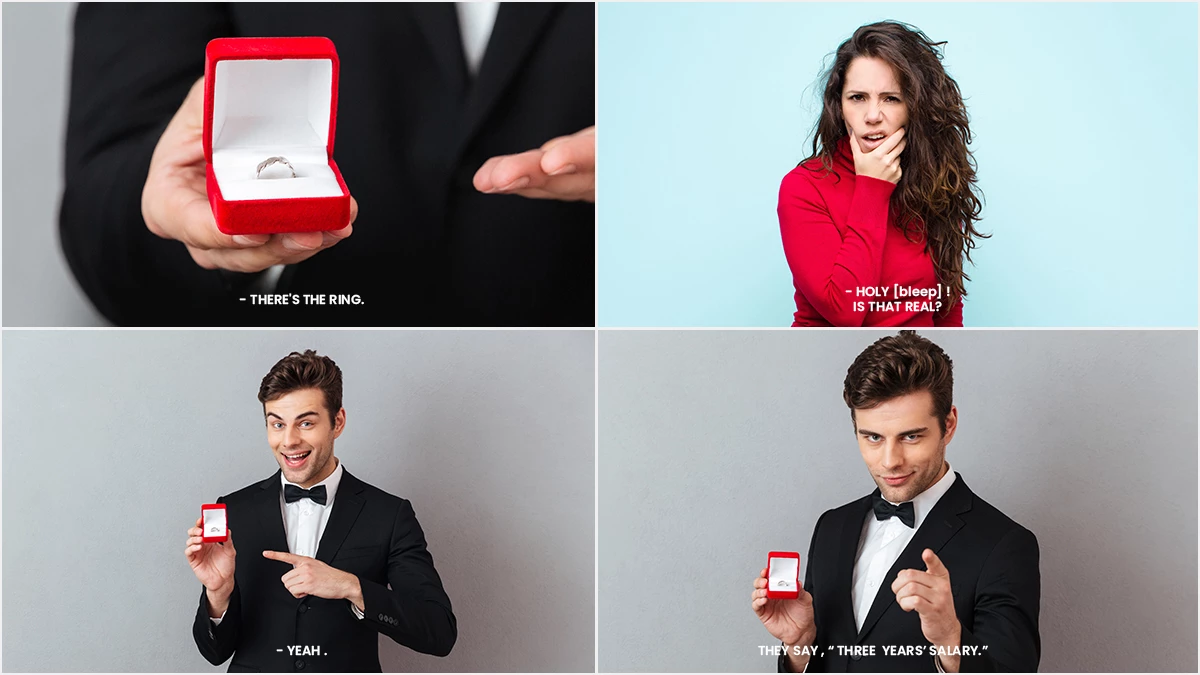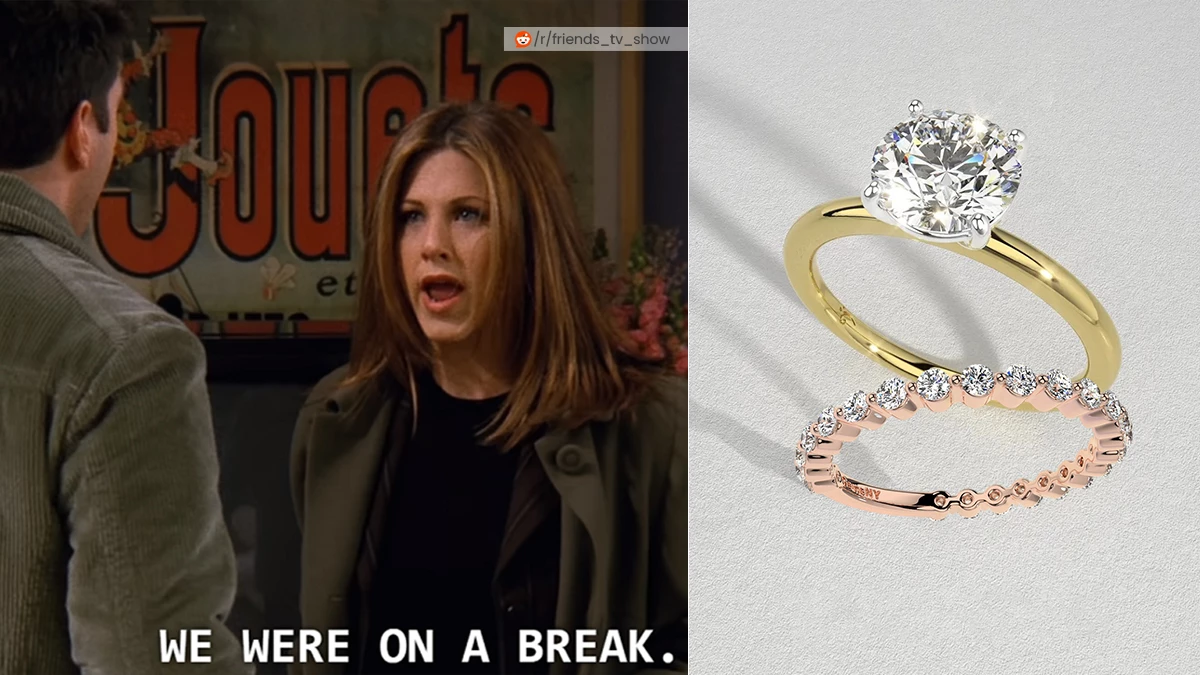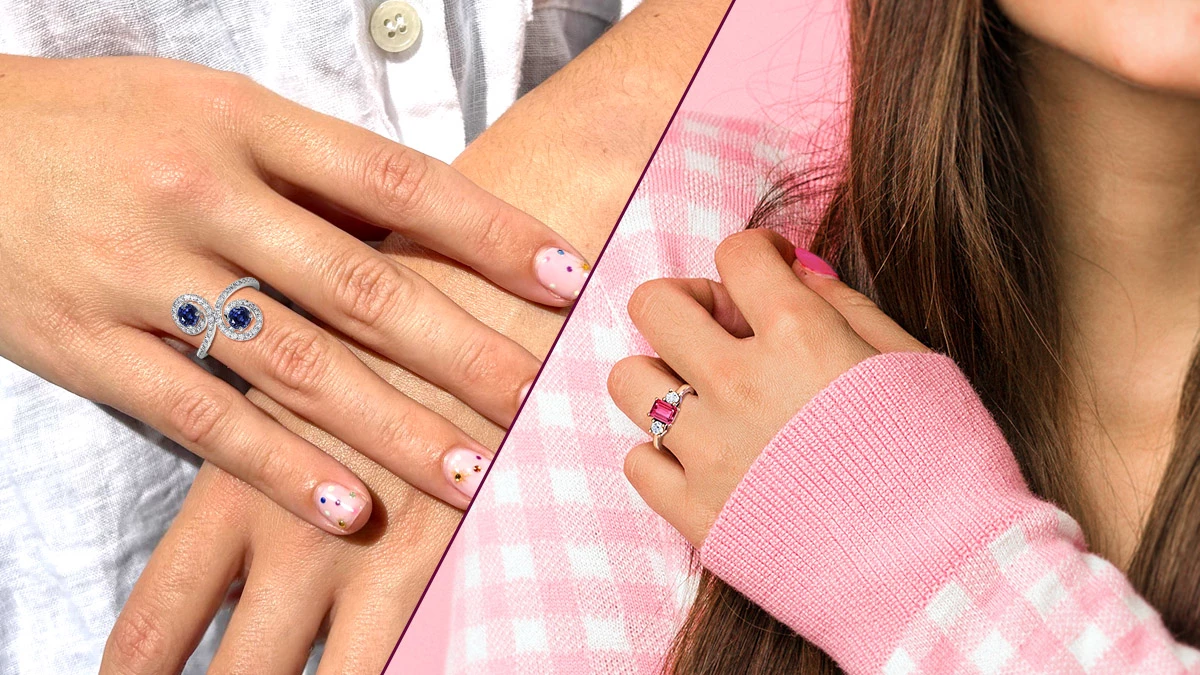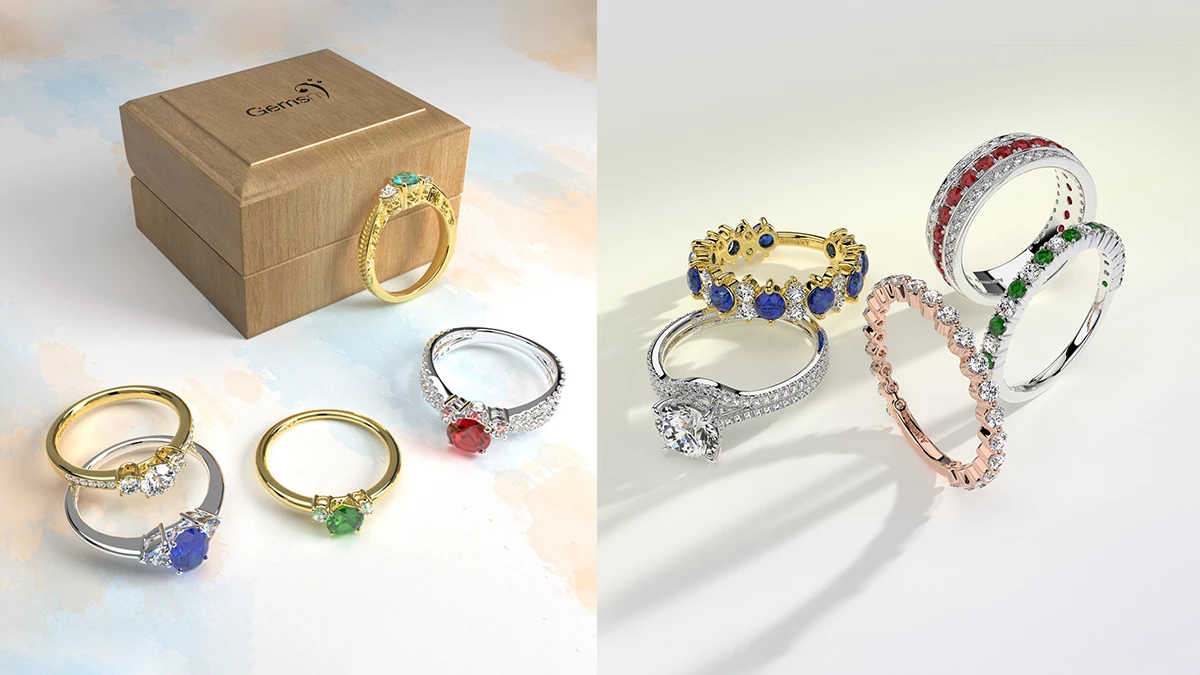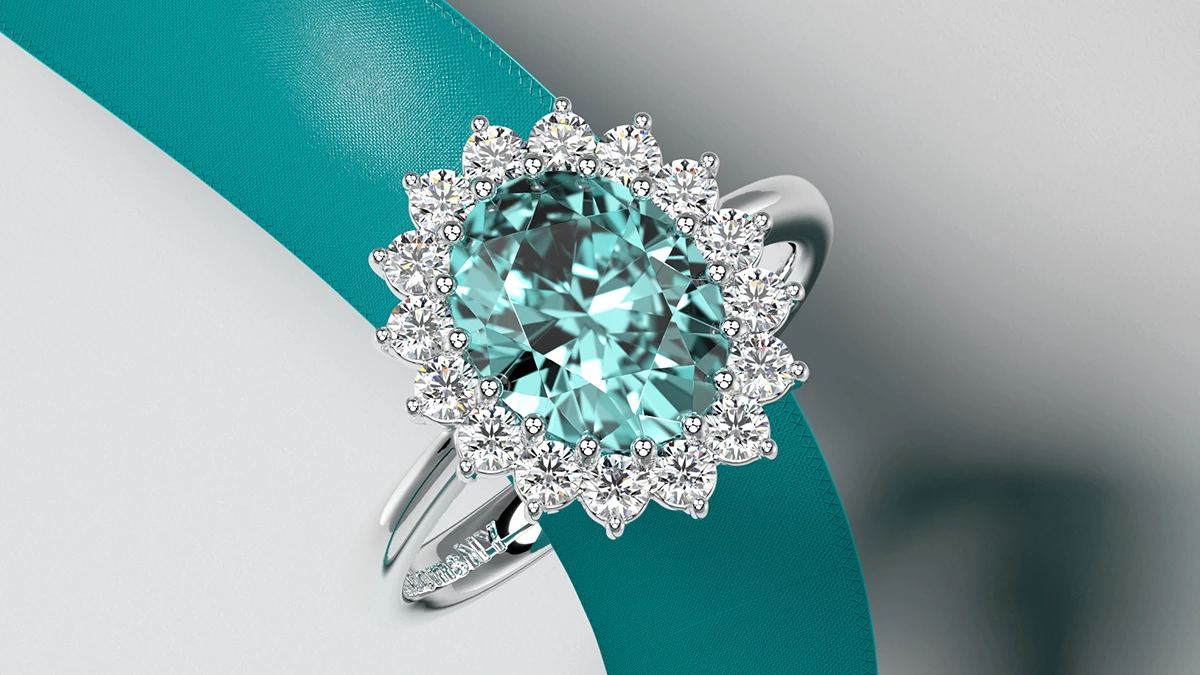An engagement ring is a symbol of love, commitment and lifetime of togetherness. It holds profound sentimental value for its wearer. However, there are certain situations when it is prudent to take off your engagement ring temporarily for its safety and longevity. In this article, we will explore such scenarios when you should consider removing your engagement ring for a while.
1. During Sports Activities
Engaging in intense physical activities or sports can pose a risk to your engagement ring. Sports such as weightlifting, boxing, or even some indoor sports may expose your ring to potential damage. The metal band can get scratched, bent, or even cause injury to your finger in high-impact situations. It is advisable to remove your engagement ring and store it safely before participating in such activities.
2. Household Chores and Cleaning

Engaging in household tasks, such as cleaning, gardening, doing dishes or cooking, involves exposure to chemicals, abrasive substances and can cause damage to the ring. Harsh cleaning agents, abrasive materials, or even exposure to water for a long time can adversely affect the gemstone or the metal setting of your ring. It is best to remove it before undertaking these tasks to protect your engagement ring from potential damage.
3. Sleeping
Sleeping with your engagement ring on may seem harmless but it can lead to unnecessary wear and tear. The prongs holding the gemstone in place can snag on bedding or fabric, leading to potential damage or even loss of the stone. Additionally, sleeping with your ring on can cause discomfort or restrict blood circulation to your finger. It is advisable to develop a habit of removing your ring before going to bed and storing it safely.
4. Applying Beauty Products
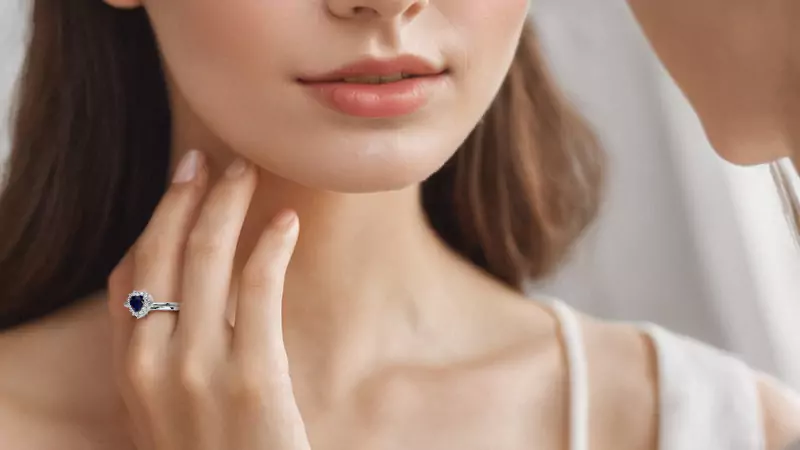
Cosmetics, lotions and beauty products contain various chemicals and ingredients that can tarnish or damage the metal and gemstone of your engagement ring. Substances like lotions, perfumes, or hairsprays can leave residues or stains, affecting the appearance and brilliance of the ring over time. To preserve the sparkle of your ring, it is recommended to remove it before applying any beauty product and put it back on after you’re done.
5. Swimming and Hot Tubs

Chlorine, saltwater and even hot tubs can be detrimental to the metal and gemstone of your engagement ring. These substances can cause discoloration, erosion, or even loosen the prongs holding the stone. It is advisable to remove your ring before swimming, especially in chlorinated pools or saltwater environments, to ensure its long-term durability and avoid any potential loss.
6. Medical Procedures and First Aid
During medical procedures, surgeries, or even first aid situations, it is crucial to remove your engagement ring. Medical professionals may require you to remove all jewelry to prevent interference with equipment or potential injury during the procedure. Also, it’s advised to remove your ring when you’ve got your hand injured because the injury might swell your fingers. It is essential to prioritize your safety and follow medical guidelines by removing your ring before any medical procedure or first aid situation.
7. Extreme Temperatures and Climate
Extreme temperatures, both hot and cold, can affect the metal and gemstone of your engagement ring. Our fingers tend to shrink in extremely cold weather. In such a circumstance, the chances of the ring slipping off the finger increases. Similarly, exposure to excessive heat, such as in saunas or sunbathing, can cause the metal to expand, making it more difficult to remove the ring. It is advisable to take off your ring in situations where extreme temperatures are expected to protect its beauty.
8. Traveling
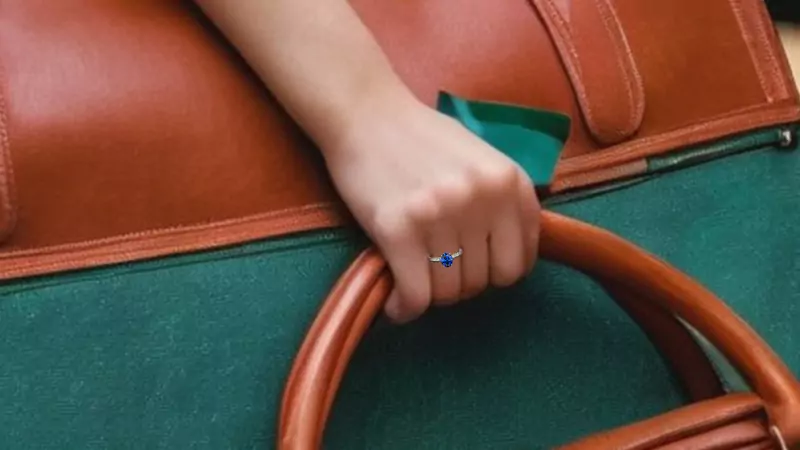
When traveling, especially to unfamiliar destinations, it is wise to remove your engagement ring. The risk of loss, theft, or damage increases when you’re in an unfamiliar environment. Additionally, wearing an expensive ring may attract unwanted attention, making you a potential target for theft. It is recommended to store it securely in a safe place while traveling to ensure the safety of your ring and minimize the risk of loss.
9. During Hand-intensive Tasks
Engaging in hand-intensive tasks, such as lifting heavy objects, gardening, or DIY projects, can put excessive strain on your engagement ring. The force and pressure applied to your hands during these activities can deform, bend, or even break the ring. It is best to remove your ring and store it safely before undertaking any hand-intensive tasks to avoid potential damage.
10. Allergic Reactions
Some individuals may develop allergic reactions to certain metals or materials used in engagement rings. Allergies can manifest as itching, redness, or rashes on the skin. If you notice any allergic symptoms occurring while wearing your engagement ring, it is advisable to remove it immediately and consult a jeweler to explore settings in alternative materials that are hypoallergenic and safe for your skin.
11. Professional and Workplace Considerations
Certain professions or workplaces may have specific guidelines or safety regulations that require the removal of jewelry, including engagement rings. This could apply to occupations involving machinery, heavy equipment, or jobs that require frequent handwashing or usage of gloves. It is essential to comply with workplace policies and prioritize safety by removing your ring when necessary.
12. During Repairs and Maintenance
To keep your engagement ring looking new, you should clean it regularly. While it is obvious to remove your engagement ring when you give it for repair or maintenance, you should also remove it when cleaning it casually at home. This is because the brush or any chemical you use may harm your skin.
While an engagement ring is a cherished symbol of love and commitment, there are situations where it is advisable to remove it temporarily.It also depends on the type of engagement ring you have. Diamond rings in a bezel setting are considered the most durable and you do not need to remove them frequently. Sapphire, ruby or emerald engagement rings in prong settings, on the other hand, require relatively more care and you should remove them under the above conditions. We hope this write-up will help you keep your engagement ring ever sparkling like the golden moments of your relationship. Remember, it’s always better to be safe than sorry when it comes to the preservation of your precious engagement ring.




